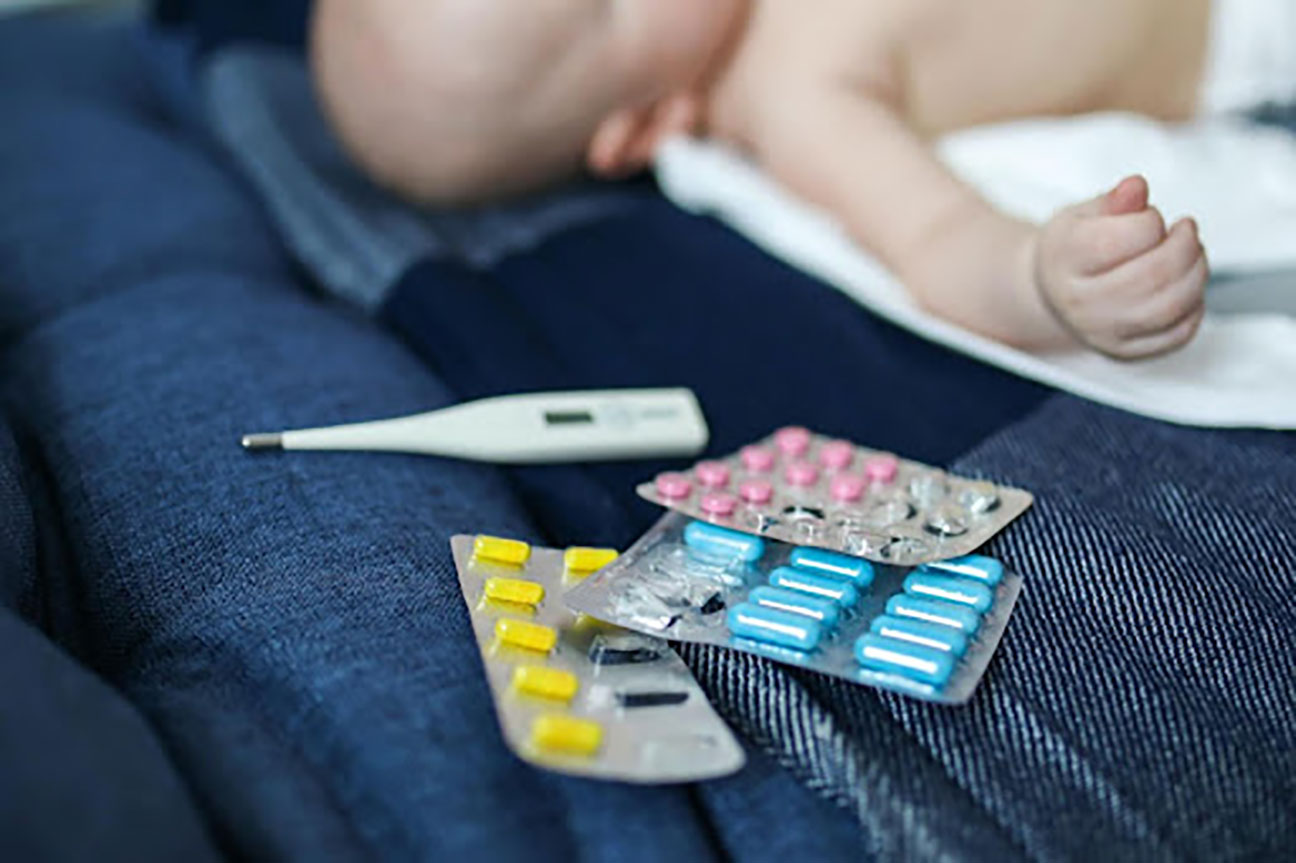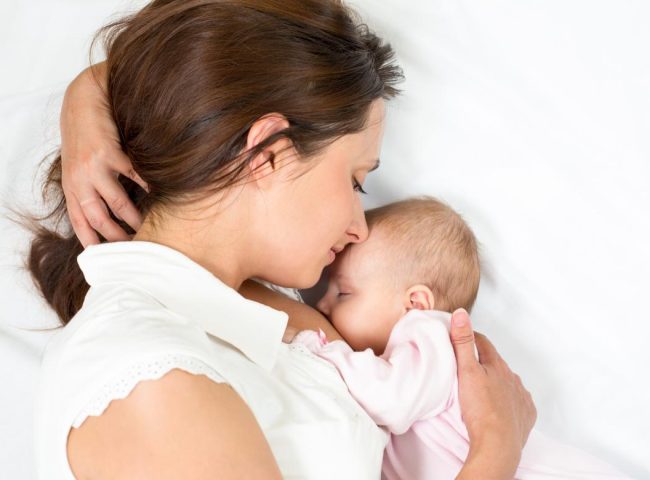A uterus carries and delivers a child and facilitate that process.
A less functioning uterus or a healthy uterus to hold a baby makes the women incapable of giving birth at some points. This condition could occur due to many reasons. For example, a history of hysterectomy of a woman could possibly make a less strong uterus.
These situations call for the common options such as adoption or surrogacy which has complicated process.
As a remarkable turning point, Australia is about to facilitate Transplants of uterus as a treatment considered to be clinical.
How it is done
Just as the term ‘uterus Transplant’ sounds; technically a uterus of a capable donor is getting transplanted in a person who is in need as well as is eligible to receive it.
Once the uterus is transplanted the receiver is trained physically and surgically to make the uterus function as a normal one and as its own one. For this hormones comes for the rescue.
By time once the transplanted uterus is normally functioning an ‘IVF-created’ embryo is placed in the said uterus.
Thereafter the embryo grows into a normal baby just as a normal baby until it is time for the delivery.
At the time of the delivery; it is the C-Section that is recommended to perform. Until the delivery, it is a must to keep an eye and be alert on the baby and the mother since uterus Transplant not only is a complicated procedure it also carries risks too.
The donated and transplanted uterus should be medicated in order to make them accepted by the recipient’s body. The medications are to be closely monitored since there is a foetus that is alive. The recommended and identified main medications are known as ‘immunosuppression’.
Not only during the pregnancy, the one who gets a uterus transplanted must continue with immunosuppression for a period of at least 5 year or till she deliver two babies.
The inability to feel the contractions, the inability to deliver the baby through vagina is identified inabilities of those who got uterus Transplants. Therefore it is clear uterus Transplanted recipients need to have constant medical attention.
At the expiration of the transplanted uterus as mentioned above, it is to be removed from the body surgically.
Uterus Transplants and its related medications : The Risks.
Immunosuppression are know to create infections and heart diseases. It also suppress the growth of the marrow of the bones while making a risk regarding count of the blood cell.
This type of Transplant intends to facilitate the reproduction of the humankind though it is possibly to be questioned ethically and bio medically.
History of Uterus Transplant
This concept developed in 1970 with the experiments done on animals. First recorded uterus Transplant was in Saudi Arabia in the year 2000 and then in Turkey after 11 years from the first attempt which is also recorded as failures.
Experiments on human started in Sweden in the year of 2014 with the knowledge of Prof. Mats Brannstorm with his team. It is recorded as a successful try since the 2014 reports on firstly born healthy kid using this method.
As per the world data on utilisation of uterus transplanting method, an estimate of 80 of testing procedures can be anticipated.
It is a must to note not every Transplant gives a healthy live birth yet the rate of having such birth is over 80% as per the data so far received.
Donors of uterus
It is observed mostly the donors of the uterus are either mothers of the recipients or their aunts.
Those who donate uterus must by ‘pre-menopausal’ while having had pregnancy that was successful. The eligibility criteria includes only for the living donors. Because as an exceptional situation even deceased person’s uterus are also being reported to be donated. It is considered as a successful way since around 4 live and healthy births is reported via such donations. These way of donations are done solely for the purposes of medical research with the consent of their families. It is wished that uterus donations would also be included to the organ donation programmes.
For the record ; In Australia the approval for only 2 trials has been granted. And that is planned to begin within 2023-2024.
One of the trials intends to conduct both way of above mentioned transplants while one is to conduct only living donor’s Transplant.
If one think of participating in these trials; it must be mentioned that the transplants are at the research stage and need funds to continue. The trials aims to establish a successful medical practice in uterus Transplant and donations in Australia.
Living donations:
Health Risks
-Rejection of the transplanted organs
-Infections (urinary or internally)
-Creation of internal blood clots
-Uncertain time duration for the surgery
-The risks arising from immunosuppression
Psychological and ethical risks
– Mental pressure regarding making a donation
– feeling guilty at the unsuccessful procedures or heart-breaking results
How to minimise risks
– Being monitored closely
– Being open for support or Counselling
– Seeking constant medical help and continuing needed prescribed medications.
Deceased Donations
– registries for organ donations such as Donatelife, NSW Organ and Tissue Donation Services could be found as potential ways to find deceased donors since in Australia the number of organ donors are very less.
– these donations are considered to be less time consuming and less resources consuming. Compared to living donations ; the deceased donations are coupled with minimised ethical concerns.
Yet it must be highlighted that the Health risks remain the same.
Summary
Uterus Transplants facilitate to those who are incapable of having healthy reproduction system due to various reasons.
Australia is at the research and trial stage with regard to the uterus transplantation procedures.
There are two type of donors for the transplants namely live donors and deceased donors.







